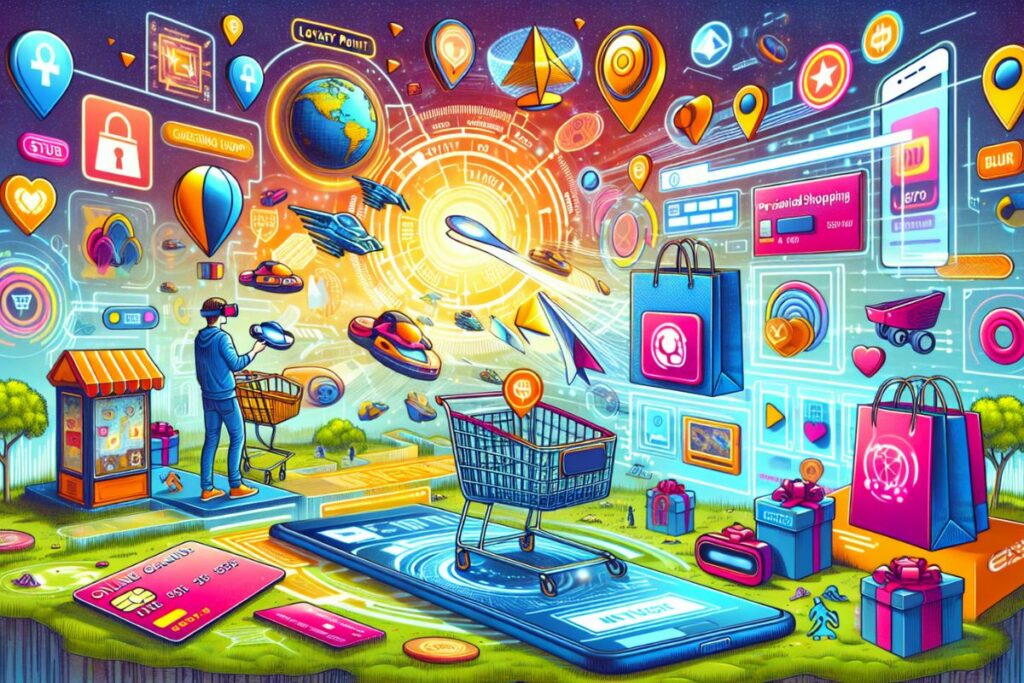For retail success — now and in the future — convenience is the new currency. In order to meet this always-on, effortless mindset that consumers have, retailers need to embrace Total Commerce. That is, meeting their customers wherever they want to shop and on the terms they want to purchase. Linnworks latest research highlights how convenience is more important than ever to time-pushed consumers, and those retailers that get the customer experience right will win the sale every time.
While necessity meant that consumers switched to online shopping in their hordes during the pandemic some won’t now shift back, with three in four consumers saying they will be shopping online more after the pandemic than before, according to Linnworks latest consumer research. It’s a big change and retailers need to understand both what’s caused the behaviour change and what they need to do to combat it.
For nearly three-quarters of consumers, the major factor in their desire to shop more online is convenience. Although for a while it has been the only solution, online retail also offered an easy solution while many consumers were juggling working from home with schooling and childcare. Customers have appreciated its benefits.
And, as a result, that desire for convenience still reigns supreme today.
The desire for convenience
Linnworks recent whitepaper, The Effortless Economy: A New Age of Retail, surveyed 1,000
consumers in the UK and US to understand the change in consumer behaviour. We found that this need for an effortless experience was key, with convenience now a top priority when choosing a retailer for more than three-quarters of consumers.
Indeed, it’s a fundamental shift that is even beginning to outweigh other purchasing decision factors.
Nearly half of consumers say they are now more influenced by convenience than price and a similar amount will sacrifice cost savings for convenience. It’s not only appreciated but increasingly expected – it’s become a selling point.
And it’s not just our research that supports this. According to the National Research Federation, 97% of shoppers have abandoned a purchase over a lack of convenience and 83% say that convenience is more important to them when online shopping than five years ago.
What does convenience actually mean to consumers?
Consumers may be adamant that convenience is now paramount but what does that mean in terms of what retailers need to do? In our research three key needs came out top.
Their primary needs were the ability for a guest checkout and to shop across different channels and devices, with as little disruption to the customer journey as possible. This was closely followed by easy shipping, with the ability for shipping details to be remembered for future purchases also being important.
What this adds up to is that consumers want fast, easy, frictionless customer journeys, whatever point of the journey they are on. If they don’t get it, they will go elsewhere. The research uncovered that two in three consumers have abandoned purchases because sites were too complicated, and more than half have ditched retailers entirely. These are powerful figures that will hit a retailer’s bottom line if they don’t get it right.
What retailers need to do
1)Understand the customer journey requirements and enable cross-device functionality
The friction-free experience must be delivered whatever channel the consumer is on since different parts of their purchase journey may be completed on different devices. Our research showed that 81% of customers are looking for a frictionless, cross-device ecommerce experience and that more than half have abandoned a purchase because they were forced to start the process again when they switched devices.
2) Make payment options frictionless and flexible
Convenience within payment is about seamless and flexible payment options, with nine out of ten shoppers saying it helps speed up their decision making and prompts them to spend more. A guest checkout option, that allows an even speedier path to purchase, is a consumer’s biggest ask.
But consumers are also embracing new, more flexible, convenient payment options, such as buy now pay later. Nearly four in five shoppers expect brands to offer this as standard, especially on everyday items such as clothing, and around a quarter of consumers have already used it or plan to.
3) Offer delivery options that the consumer wants
The impact of delivery on customer loyalty can’t be underestimated. A whopping 95% of consumers say that convenient delivery options are a major factor in their choice of online retailer. Those that offer next day delivery and click and collect options also rate highly for convenience. And customers want similar convenience when it comes to returns, with nearly nine in ten saying they don’t want customer services involved with returns and almost half saying they are more likely to shop with brands that offer self-service returns.
4) Understand the role of social commerce and marketplaces
Although cross-device functionality, guest checkouts and easy shipping topped consumers’ desires for convenience there’s a fourth factor retailers must consider as they strive to deliver convenience – that is the role of third-party solutions such as social commerce and marketplaces.
By definition, social commerce will often take place while consumers are on the go, or doing something else such as working, watching TV or listening to music. This partial distraction means that convenience and ease of use is even more important.
More than a third of consumers have already purchased through social media and that number will continue to rise. It’s also great for impulse purchasing with more than three-quarters of consumers admitting the ease of use has led them to buy when they didn’t set out to do so. But customers need convenience of payment here too, with resentment towards retailers that divert to their own site for payment.
The convenience of online marketplaces, where consumers can shop a wide range of products from a variety of retailers on one platform, also means it’s a popular channel, with 91% starting their purchase journeys on marketplaces as a result.
But although convenient they can also be overwhelming. Nearly half of consumers have abandoned marketplaces because there were too many options, and more than three-quarters say they would prefer to shop on a branded site or directly if such brands were able to match the convenience of the online marketplaces. This presents a huge opportunity for retailers to deliver a customer experience that keeps shoppers coming back to them directly, bringing the benefits of increased margins and customer shopping data.
The need for a 360-degree view of the customer
Retailers today need to win at this idea of delivering the effortless economy and providing a
seamless omnichannel journey and a competitive customer experience. They can’t afford for any part of the business to work in isolation and to not be easy and convenient for the consumer to shop.
A 360-degree view of the consumer that connects all journeys and channels is essential if retailers are to provide the experience of convenience that customers are after. Their needs are simple, ease of ordering, payment and delivery. Get these right and they will buy.
Download the latest consumer research from Linnworks – The Effortless Economy: A new age of retail


















